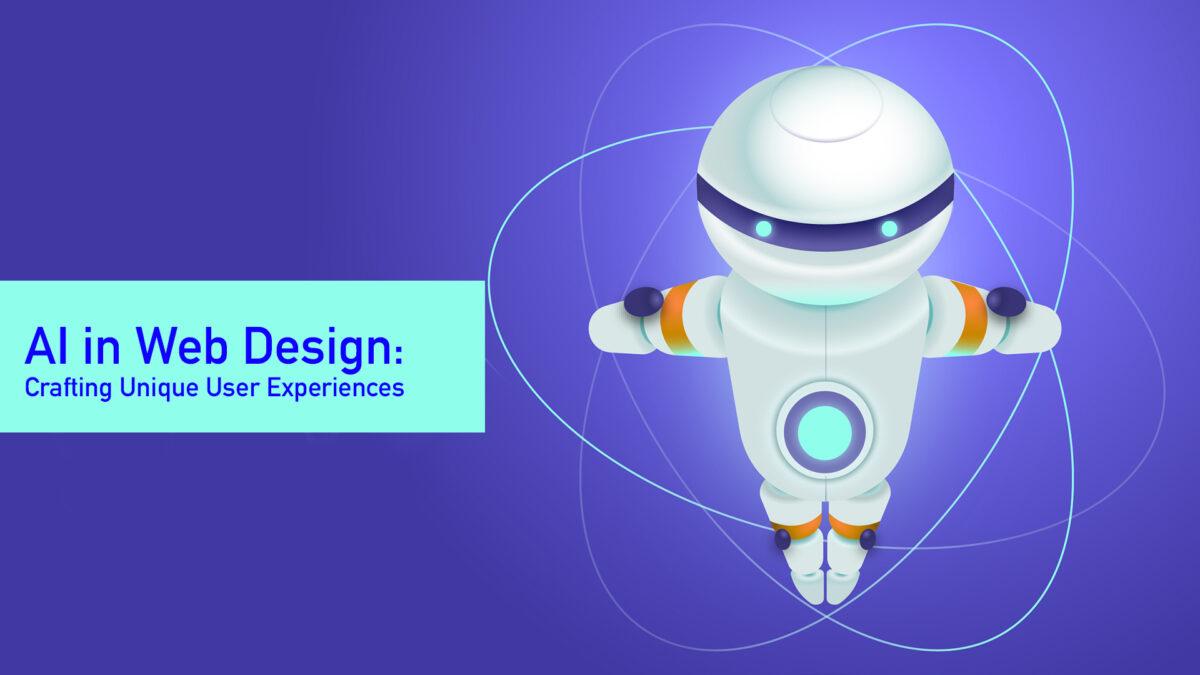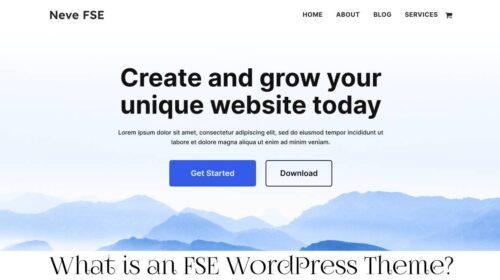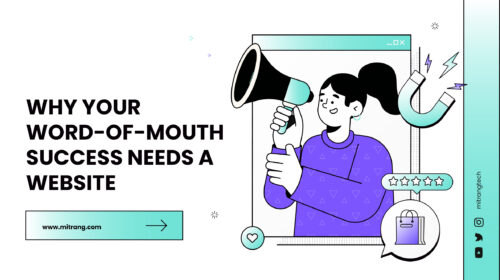
AI in Web Design: Crafting Unique User Experiences
In the ever-evolving landscape of web design, staying ahead of the curve is paramount. With technological advancements transforming the digital realm, Artificial Intelligence (AI) has emerged as a game-changer in the world of web design. In this blog post, we’ll delve into how AI is revolutionizing the way websites are created and why it’s crucial for businesses to embrace this trend to stay competitive.
1. Personalized User Experiences
One of the most significant impacts of AI in web design is the ability to deliver highly personalized user experiences. AI algorithms analyze user behavior and preferences in real-time, allowing websites to adapt and present tailored content. Whether it’s recommending products, suggesting articles, or customizing website layouts, AI ensures that every visitor feels like the website was designed just for them.
2. Chatbots and Virtual Assistants
AI-powered chatbots and virtual assistants are becoming commonplace on websites. These AI-driven tools offer real-time assistance to users, answering questions, guiding them through the site, and even processing transactions. This not only enhances user engagement but also reduces the need for human intervention, leading to cost savings for businesses.
3. Content Generation and Optimization
Content is king in the digital world, and AI is transforming how it’s created and optimized. AI-powered tools can generate high-quality, SEO-friendly content based on a given topic or keyword. Additionally, AI can analyze the performance of existing content and suggest improvements to enhance search engine rankings, ultimately driving more organic traffic to websites.
4. Responsive Design and Cross-Browser Compatibility
AI plays a crucial role in ensuring websites are responsive and compatible with various browsers and devices. Machine learning algorithms analyze user interactions and device specifications to make real-time adjustments to the website’s layout and design, ensuring a seamless user experience across different platforms.
5. Aesthetic Enhancements
AI algorithms are also being used to enhance the aesthetics of web design. From selecting color schemes and fonts that resonate with the target audience to optimizing image placement and sizing, AI can help create visually appealing websites that leave a lasting impression on visitors.
6. Faster Load Times
Website speed is a critical factor in user satisfaction and search engine rankings. AI can optimize website performance by compressing images, prioritizing content loading, and minimizing unnecessary code. This results in faster load times, reducing bounce rates and improving SEO.
7. Enhanced Security
AI-driven security measures are vital in an era where cyber threats are on the rise. AI algorithms can identify and mitigate security threats in real-time, protecting websites from attacks such as DDoS, SQL injection, and malware infections. This not only safeguards user data but also builds trust among visitors.
8. Data Analytics and Insights
AI doesn’t just improve the front-end of web design; it also plays a significant role in the backend. By analyzing user data and behavior, AI can provide valuable insights into user preferences, helping businesses make data-driven decisions to improve their websites continually.
Conclusion
The future of web design is undeniably intertwined with Artificial Intelligence. Embracing AI-driven solutions allows businesses to create websites that are not only visually stunning but also highly functional, secure, and capable of delivering personalized experiences to users. As the digital landscape continues to evolve, those who harness the power of AI in web design will have a competitive edge in engaging their audience and achieving their online goals. It’s time to embrace AI and unlock the full potential of web design for your business.



Leave a Comment